Apple informed us about the increase in battery life of the new iPhone 13 directly during their presentation. The 13 Pro lasts an hour and a half longer than the previous generation, and the 13 Pro Max even lasts two and a half hours longer. But how did Apple achieve this?
Apple does not state the battery capacity of its devices, it only states the time limit for which they are supposed to last. This for the smaller model for up to 22 hours of video playback, 20 hours of streaming video playback and 75 hours of listening to music. For the larger model, the values are in the same categories of 28, 25 and 95 hours.
It could be interest you
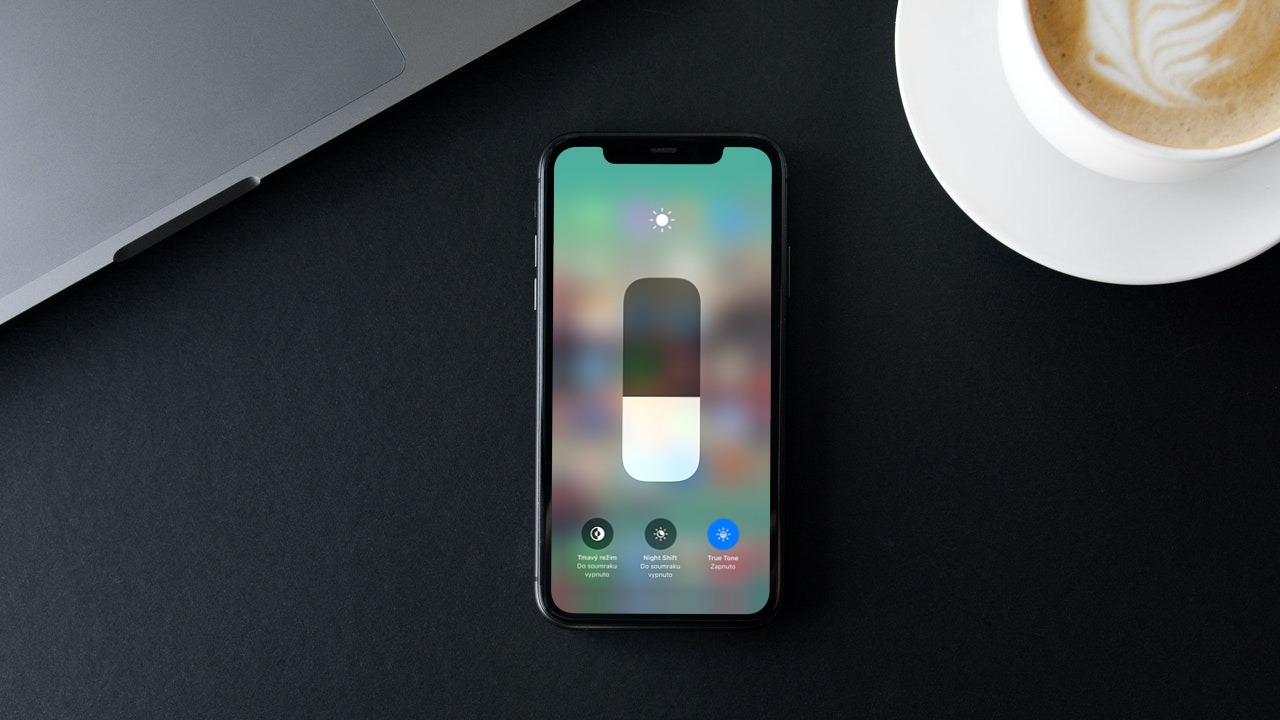
Battery size
Magazine GSMArena however, the battery capacities for both models are listed as 3095mAh for the smaller model and 4352mAh for the larger model. However, they subjected the larger model here to a thorough test and found that it can be used for calls over 3G for more than 27 hours, can last up to 20 hours on the web, and can then play video for over 24 hours. It leaves behind not only last year's model with a 3687mAh battery, but also the Samsung Galaxy S21 Ultra 5G with its 5000mAh battery or the Xiaomi Mi 11 Ultra with the same size 5000mAh battery. A larger battery is therefore a clear fact of increased endurance, but it is not the only one.
ProMotion display
Of course, we are talking about the ProMotion display, which is one of the main innovations of the iPhone 13 Pro. But this is a double-edged sword. Although it can save the battery during normal use, it can drain it properly when playing demanding games. If you are watching a static image, the display refreshes at a frequency of 10Hz, i.e. 10x per second - here you save battery. If you play demanding games, the frequency will be stable at 120 Hz, i.e. the display refreshes iPhone 13 Pro 120 times per second – here, on the other hand, you have high demands on energy consumption.
But it's not just an either or or, because the ProMotion display can move anywhere between these values. For a moment, it can shoot up to the upper one, but usually it wants to stay as low as possible, which is a difference from previous generations of iPhones, which ran stably at 60 Hz. This is what the average user should feel the most in terms of durability.
And one more thing about the display. It is still an OLED display, which in combination with the dark mode does not have to light up the pixels that are supposed to show black. So if you use dark mode on iPhone 13 Pro, you can make the least possible demands on the battery. Even if the differences between light and dark mode could then be measured, due to the adaptive and automatically adapting frequency of the display, this would be difficult to achieve. That is, if Apple did not touch the battery size and just added a new display technology, it would be clear. In this way, it is a combination of everything, in which the chip itself and the operating system have something to say.
It could be interest you
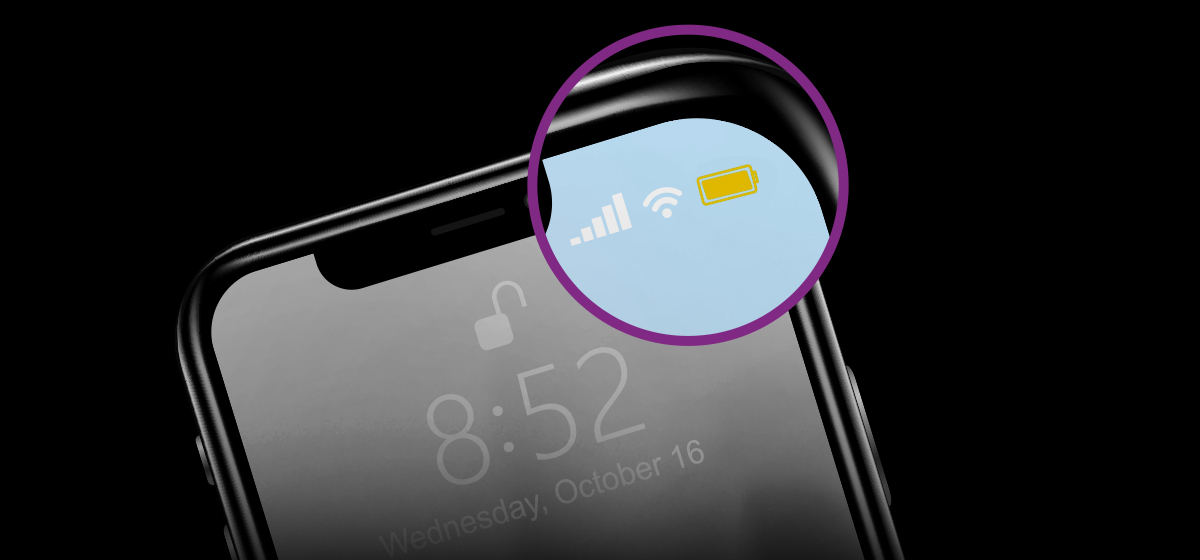
A15 Bionic chip and operating system
The latest six-core Apple A15 Bionic chip powers all models from the iPhone 13 series. This is Apple's second 5nm chip, but it now contains 15 billion transistors. And that is 27% more than the A14 Bionic in the iPhone 12. The Pro models are also accompanied by a 5-core GPU and a 16-core Neural Engine along with 6GB of RAM (which, however, Apple also does not mention). The perfect harmony of powerful hardware with software is also what brings the new iPhones a long life. One is optimized for the other, unlike Android, where the operating system is applied to many devices from many manufacturers.
The fact that Apple makes both hardware and software "under one roof" brings clear benefits, as it does not have to limit one at the expense of the other. It is true, however, that the current increase in endurance is the first such drastic increase that we could see from Apple. The endurance is already exemplary, next time it might want to work on the speed of charging itself.
 Adam Kos
Adam Kos 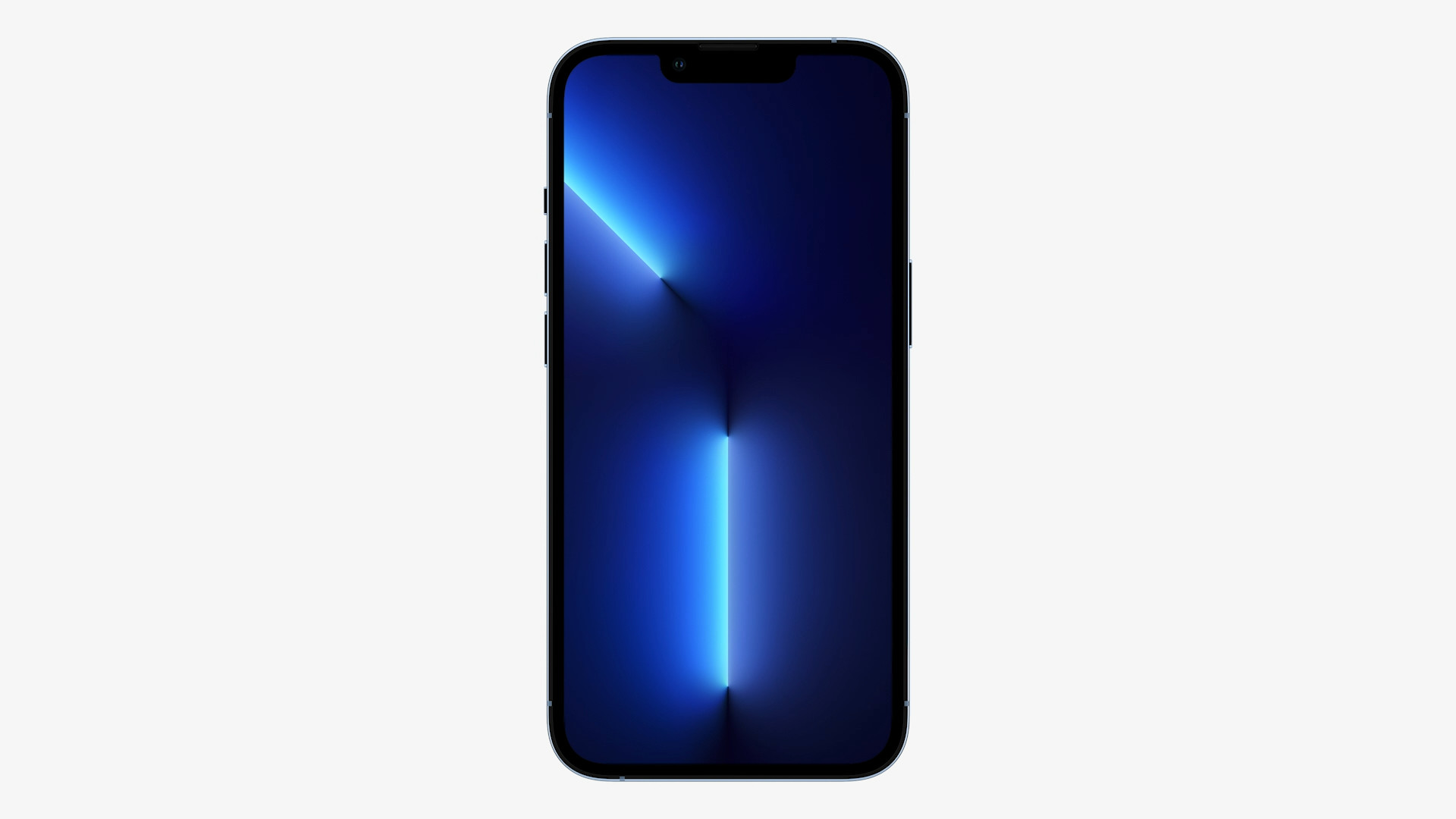
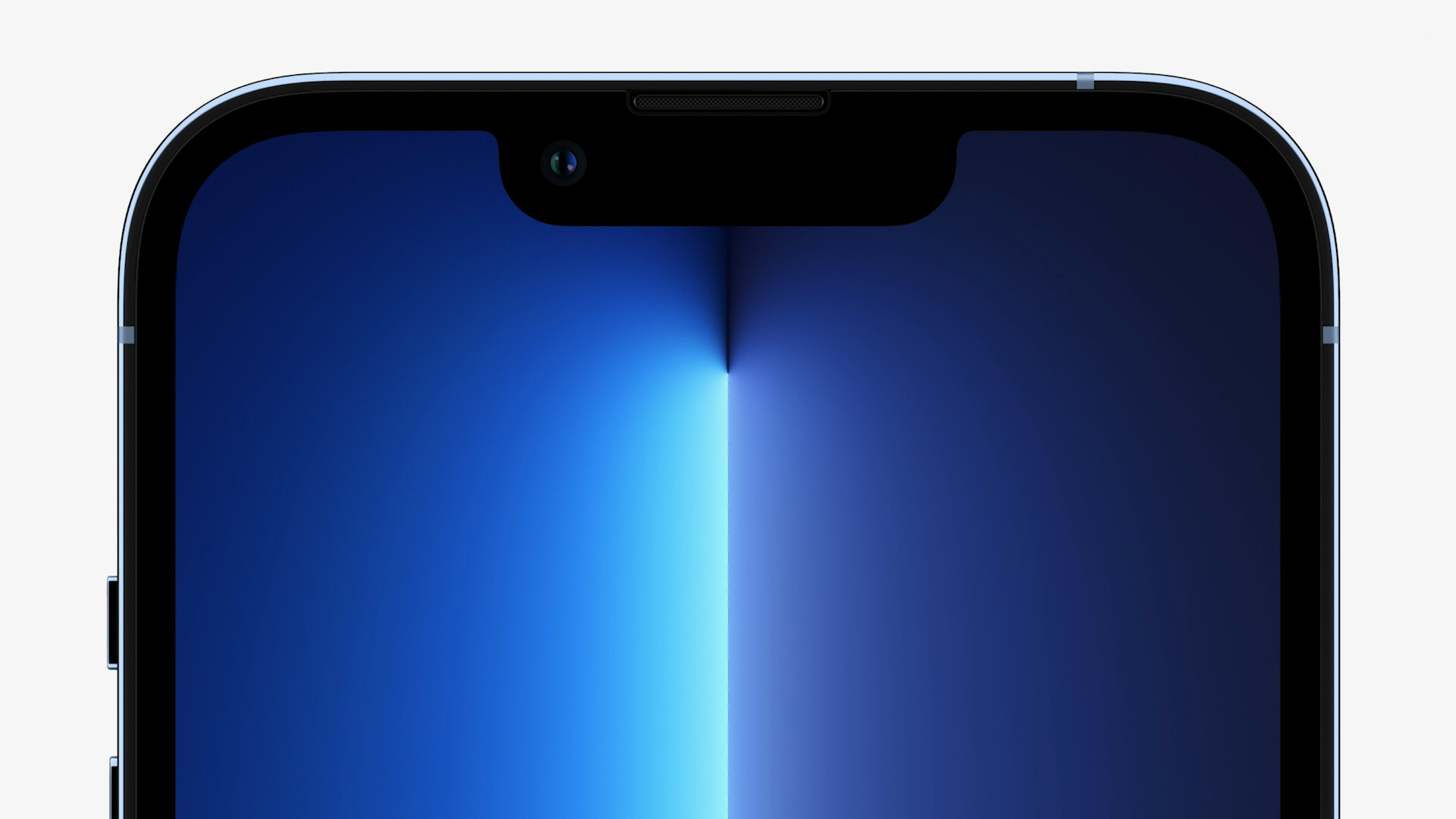

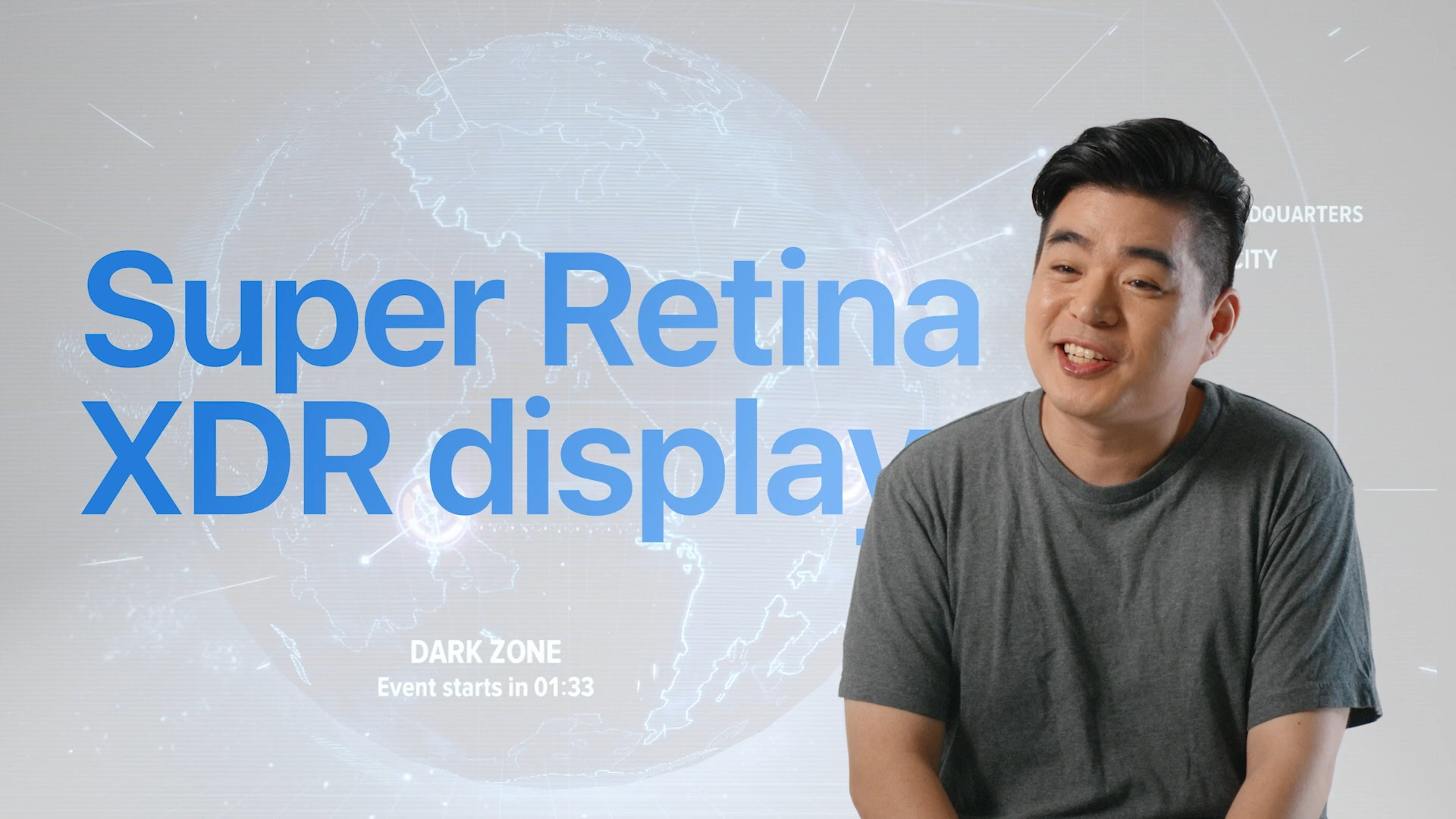


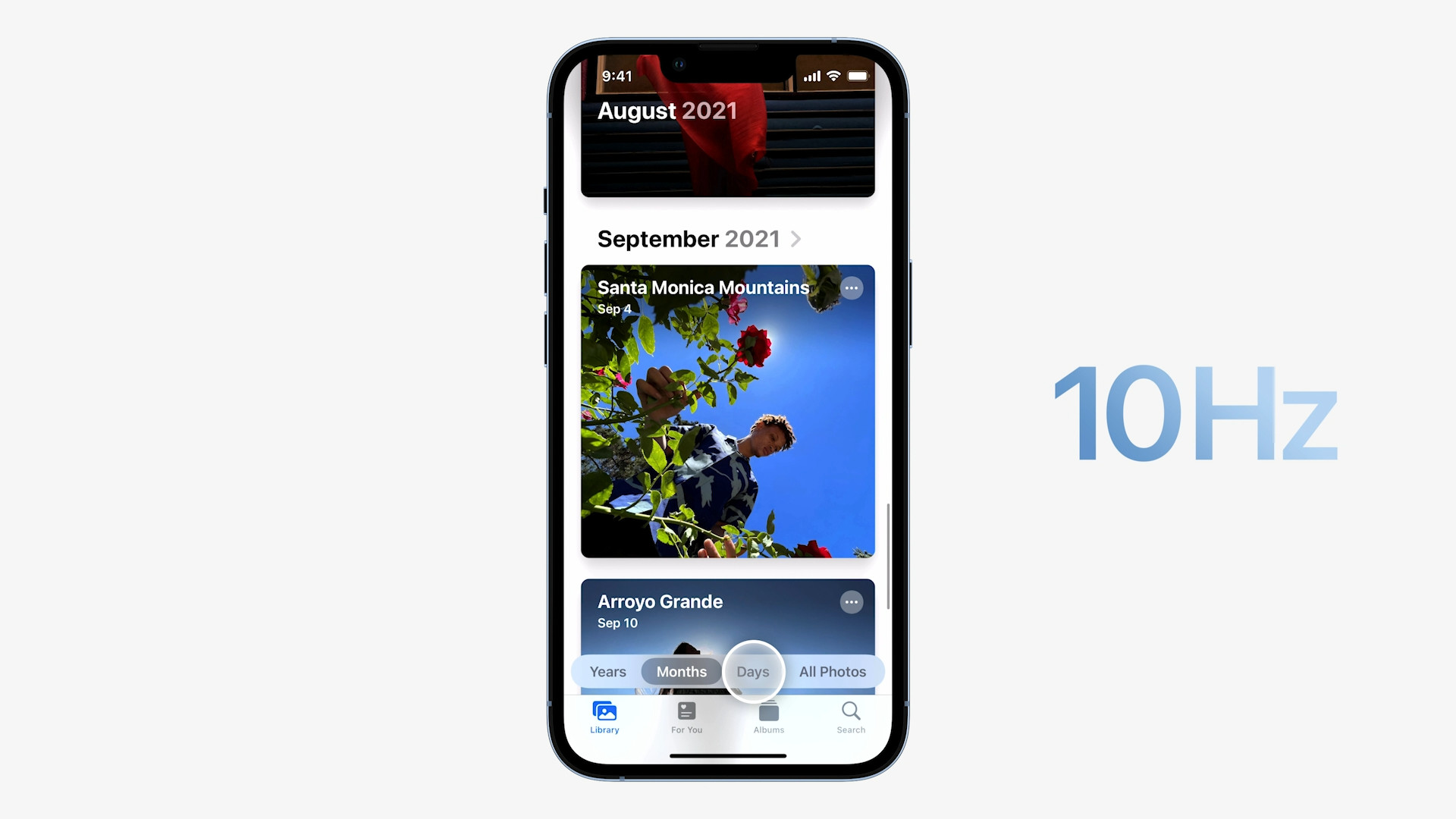


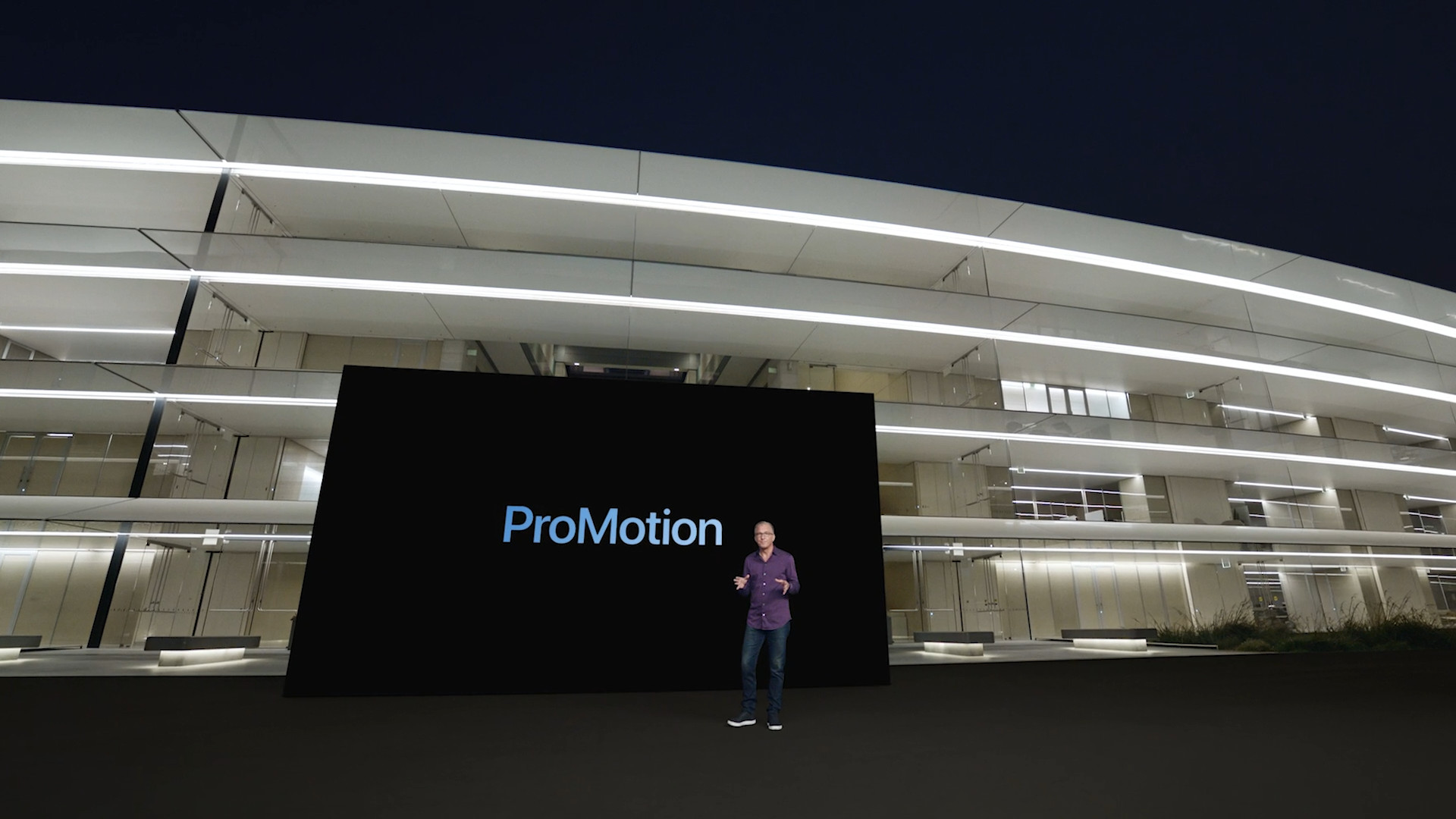
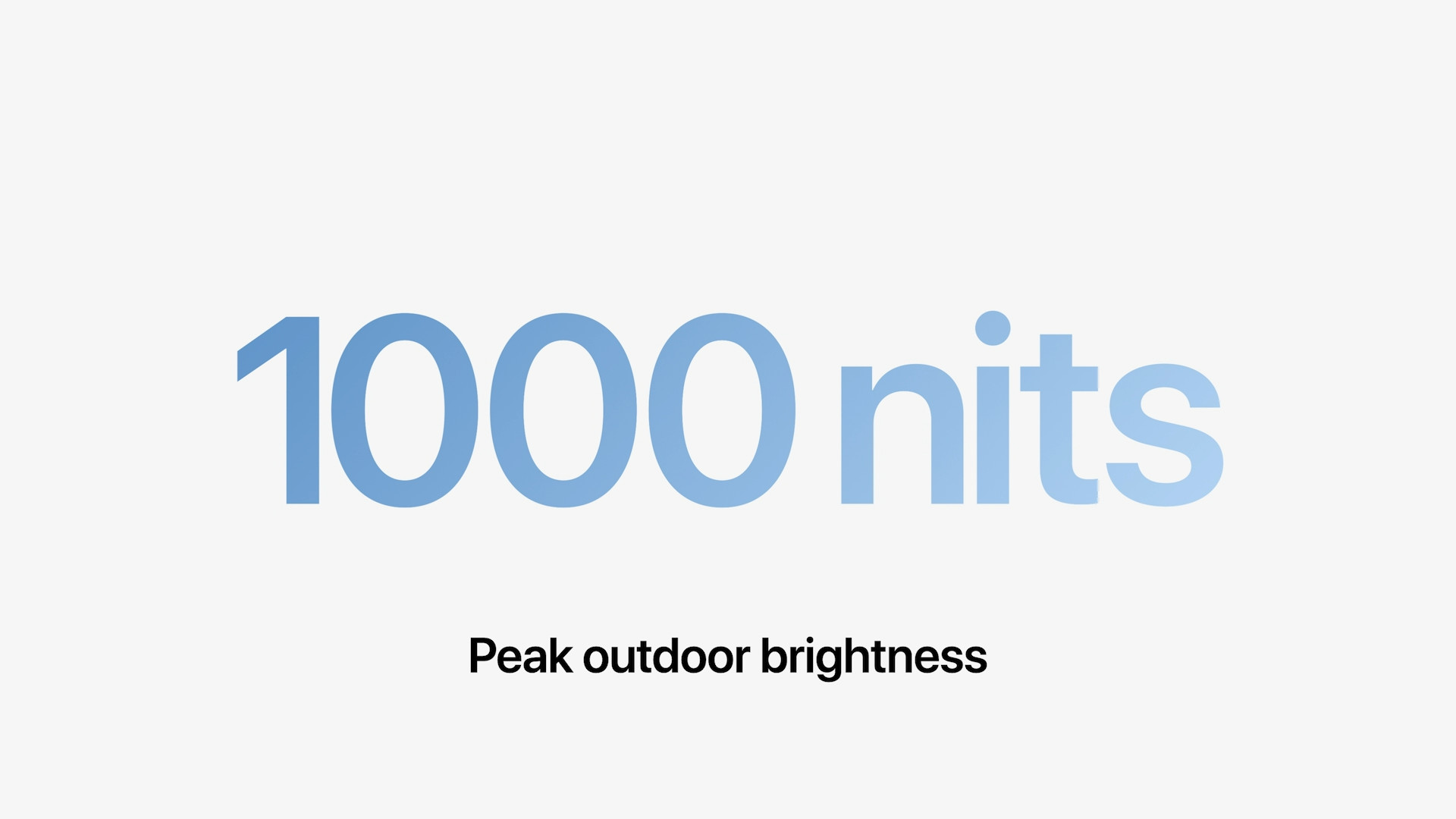

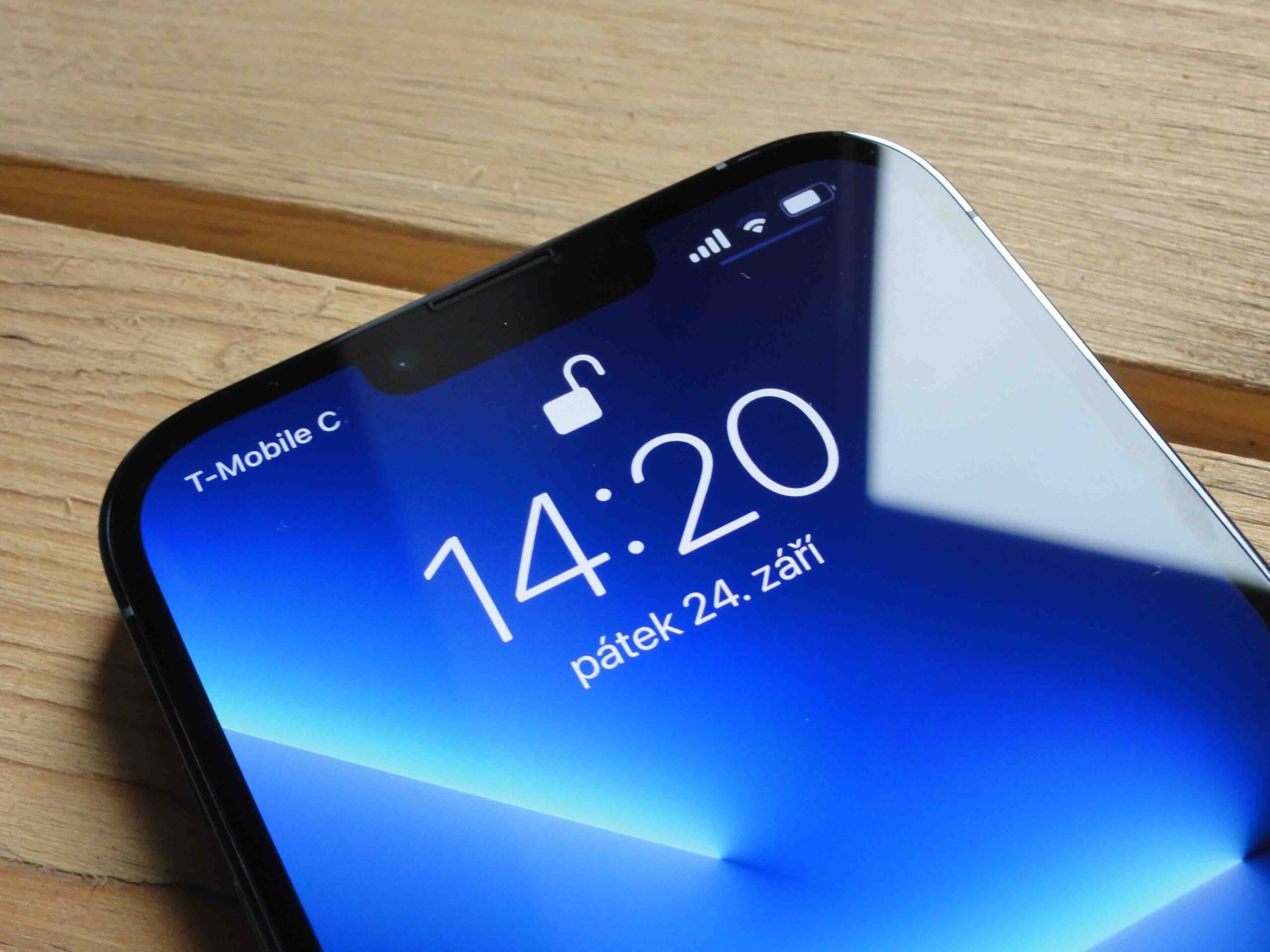
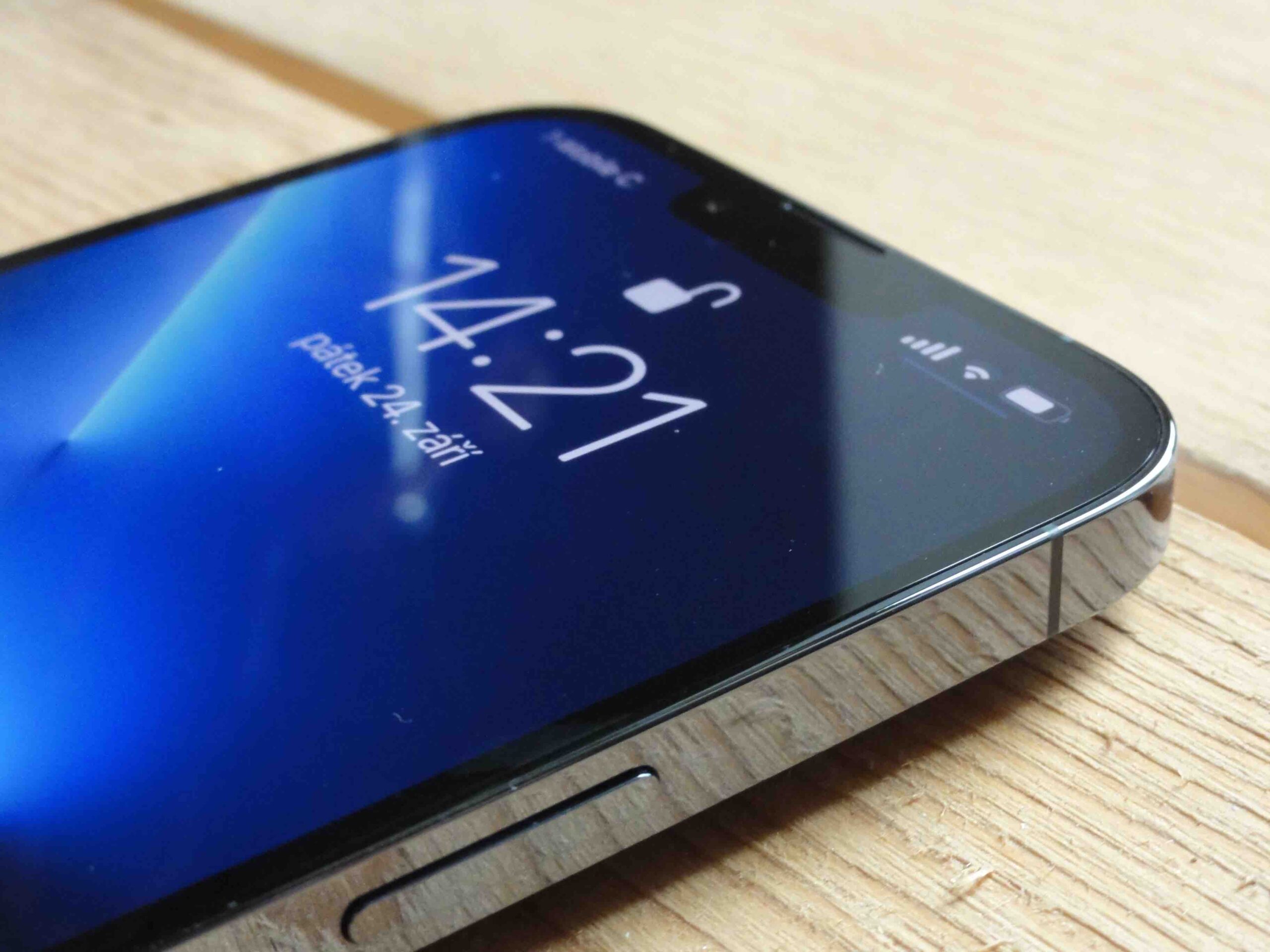

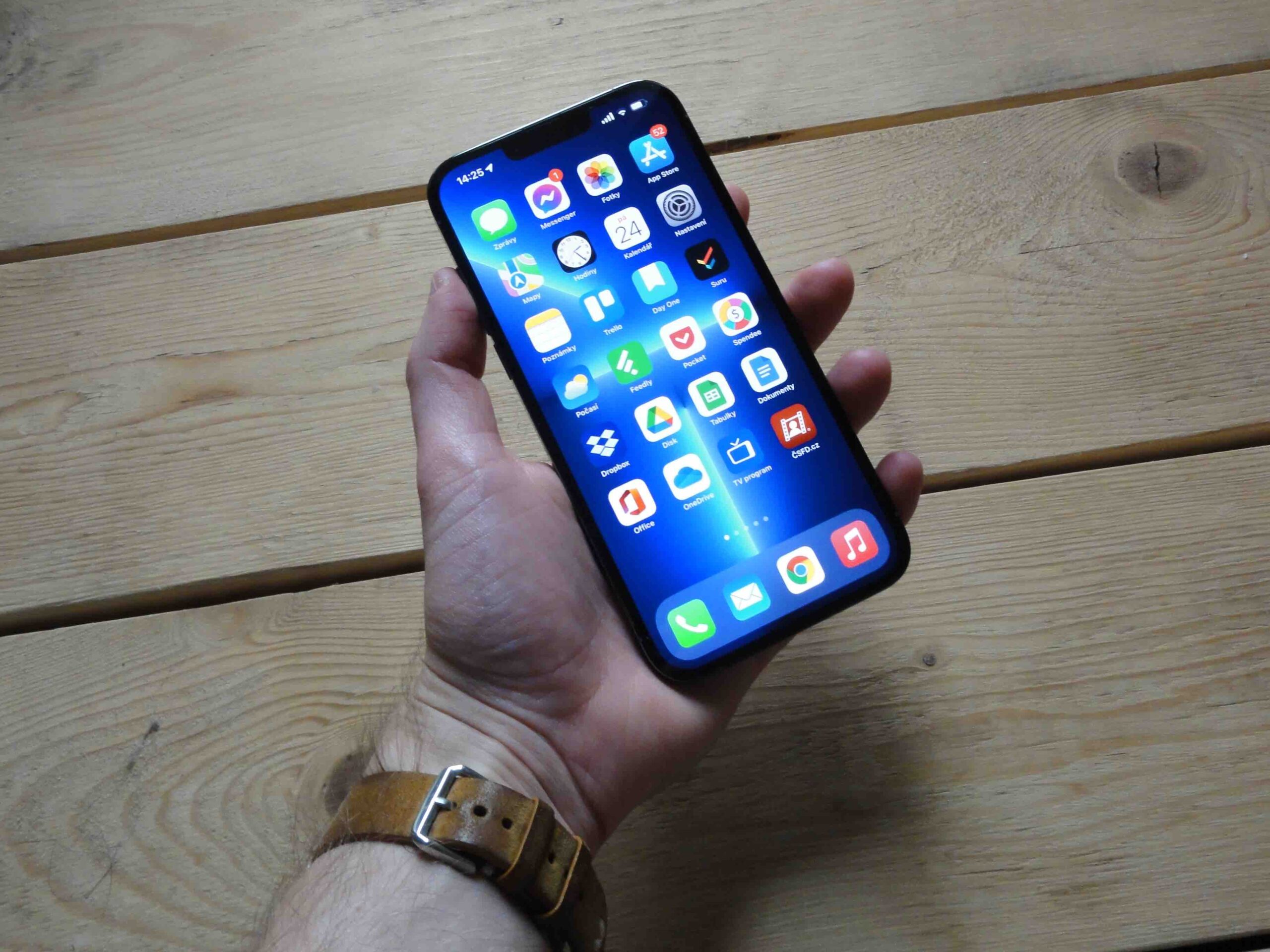
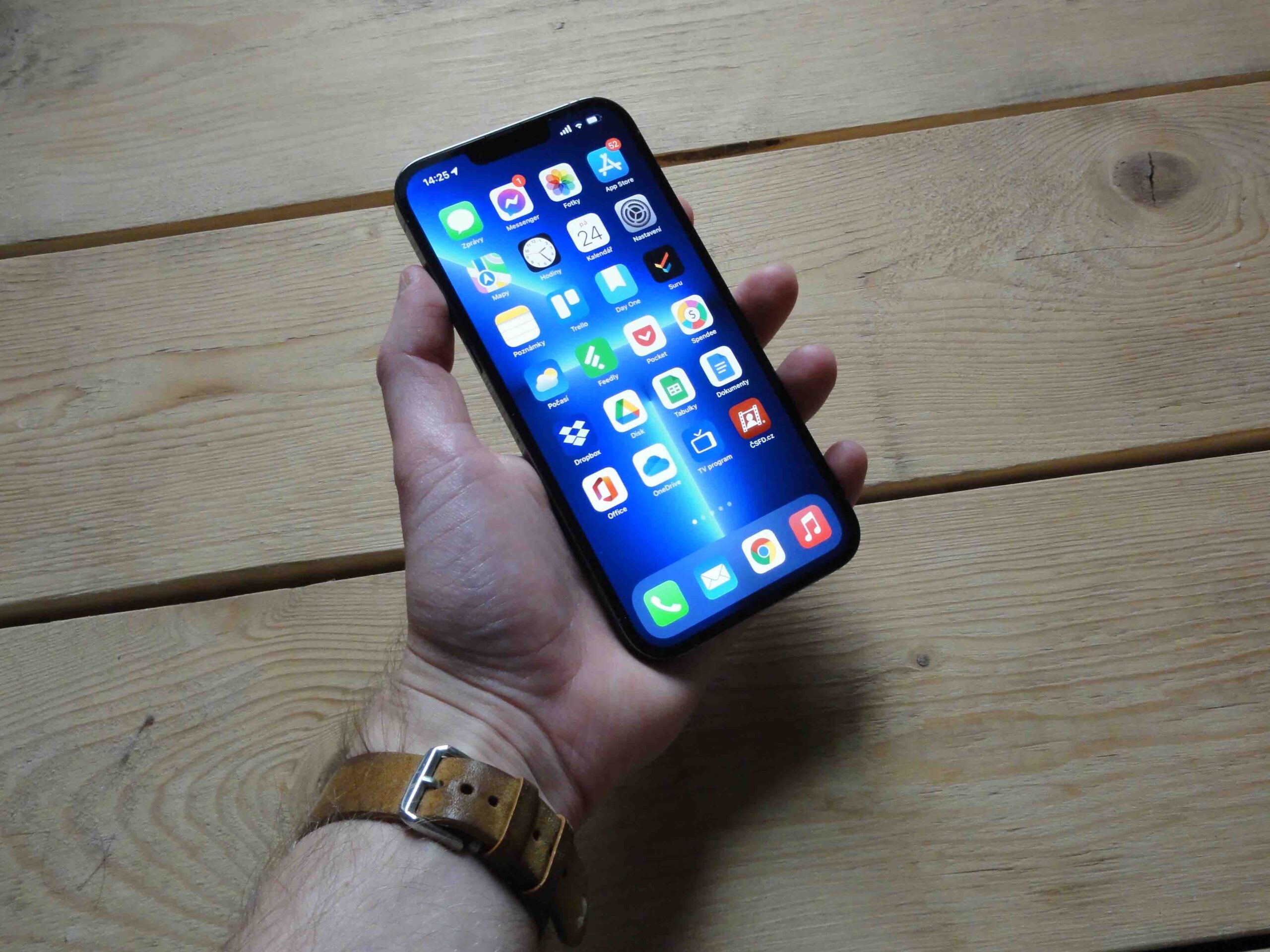
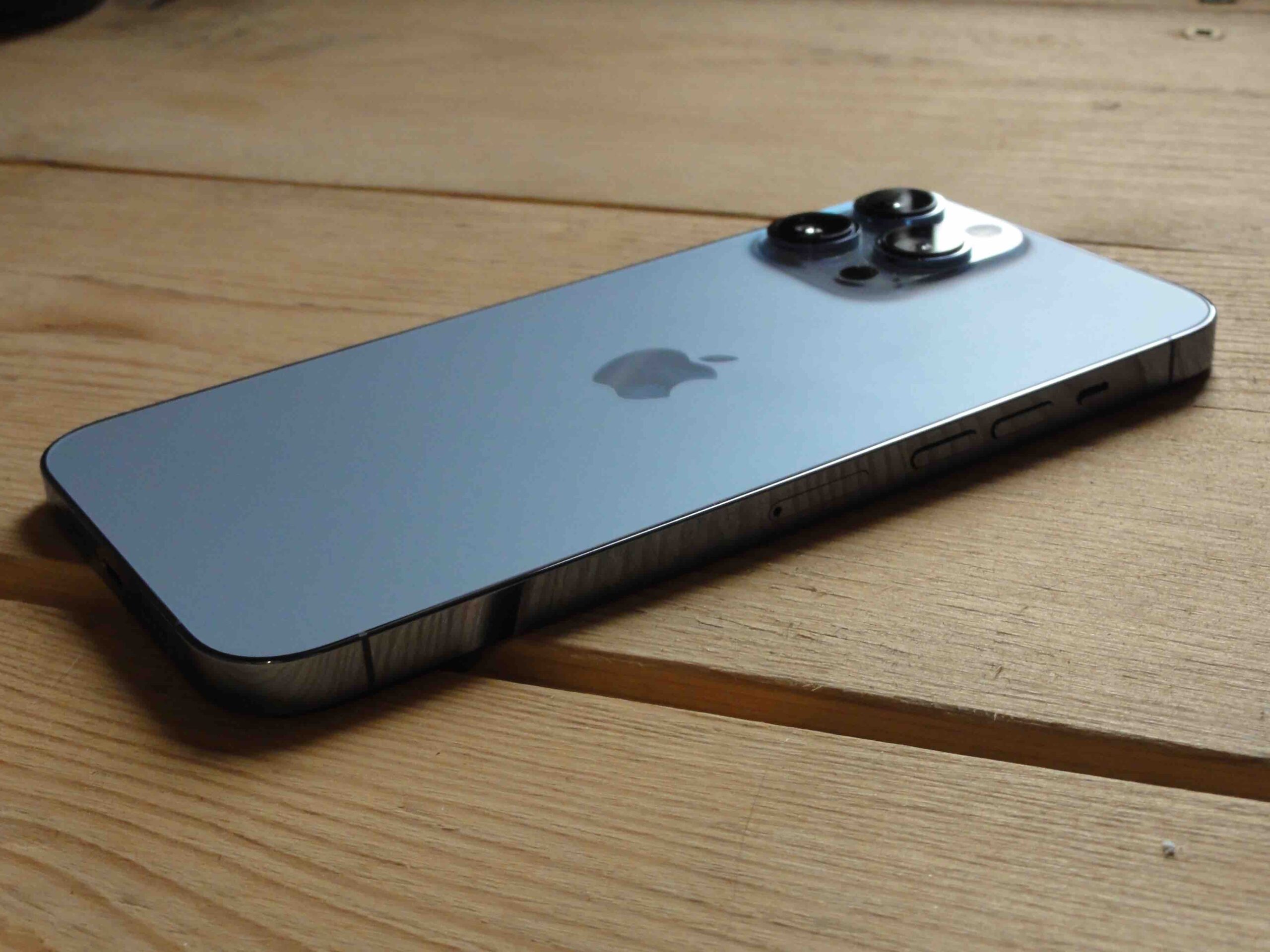


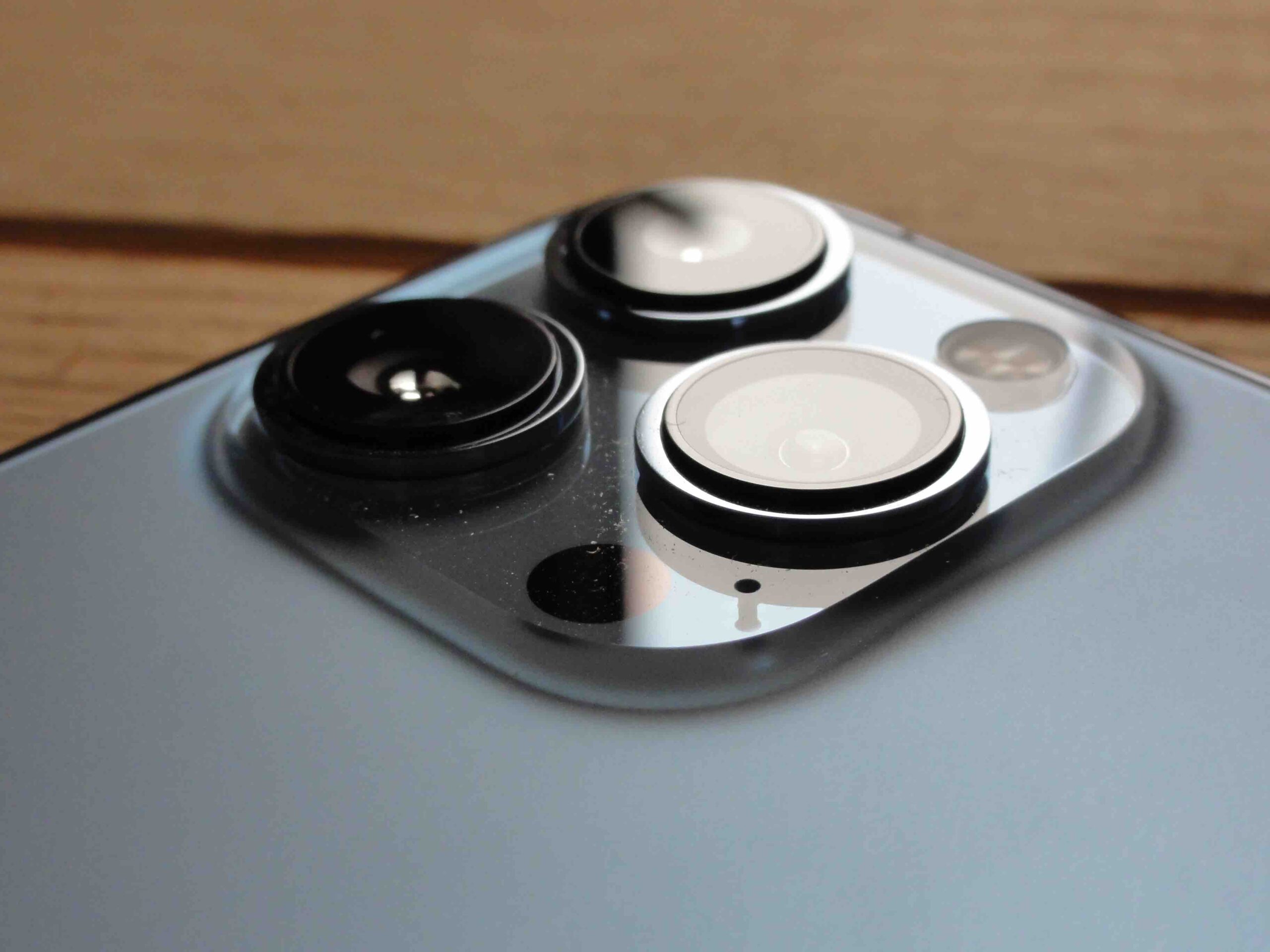
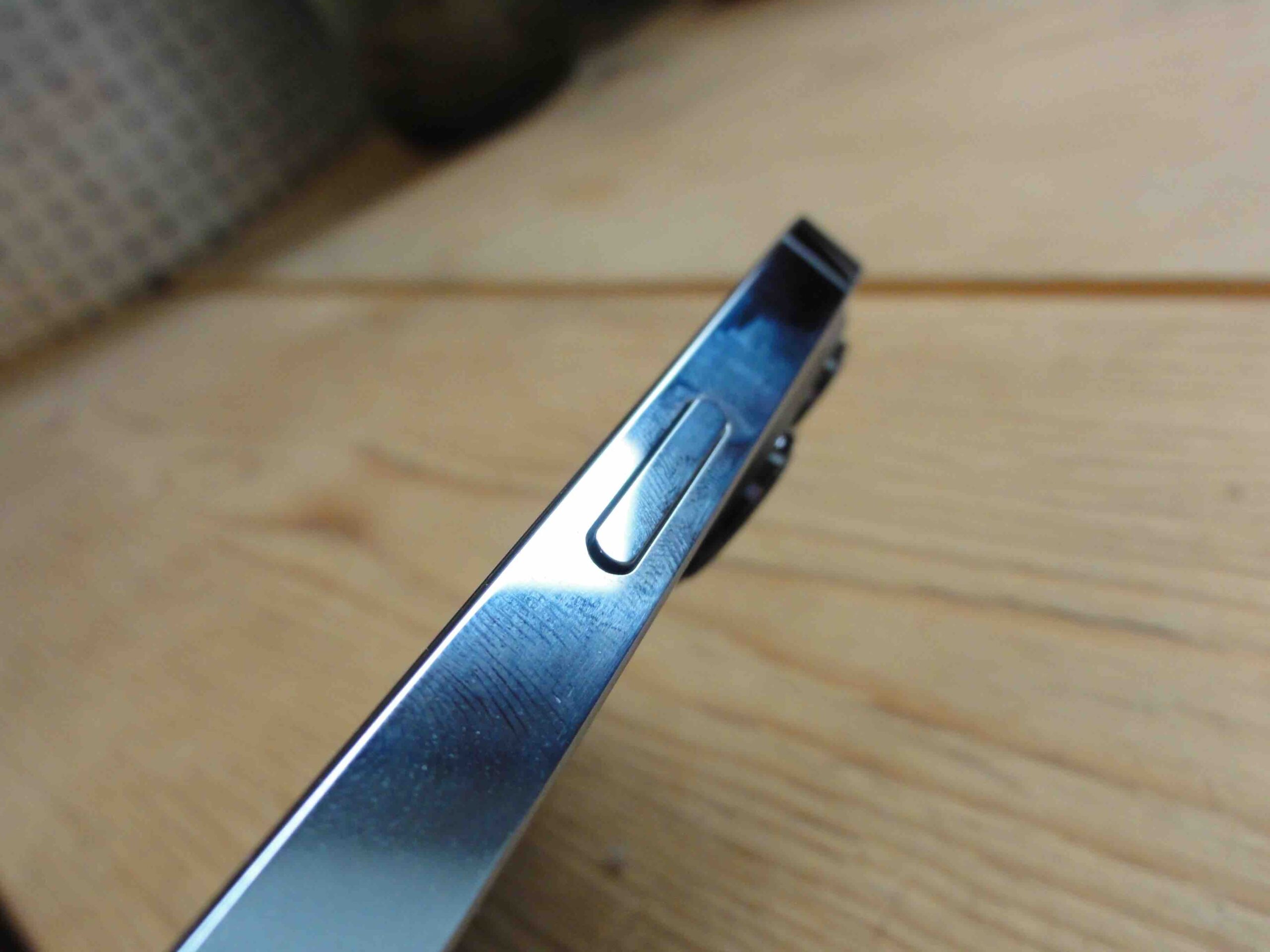
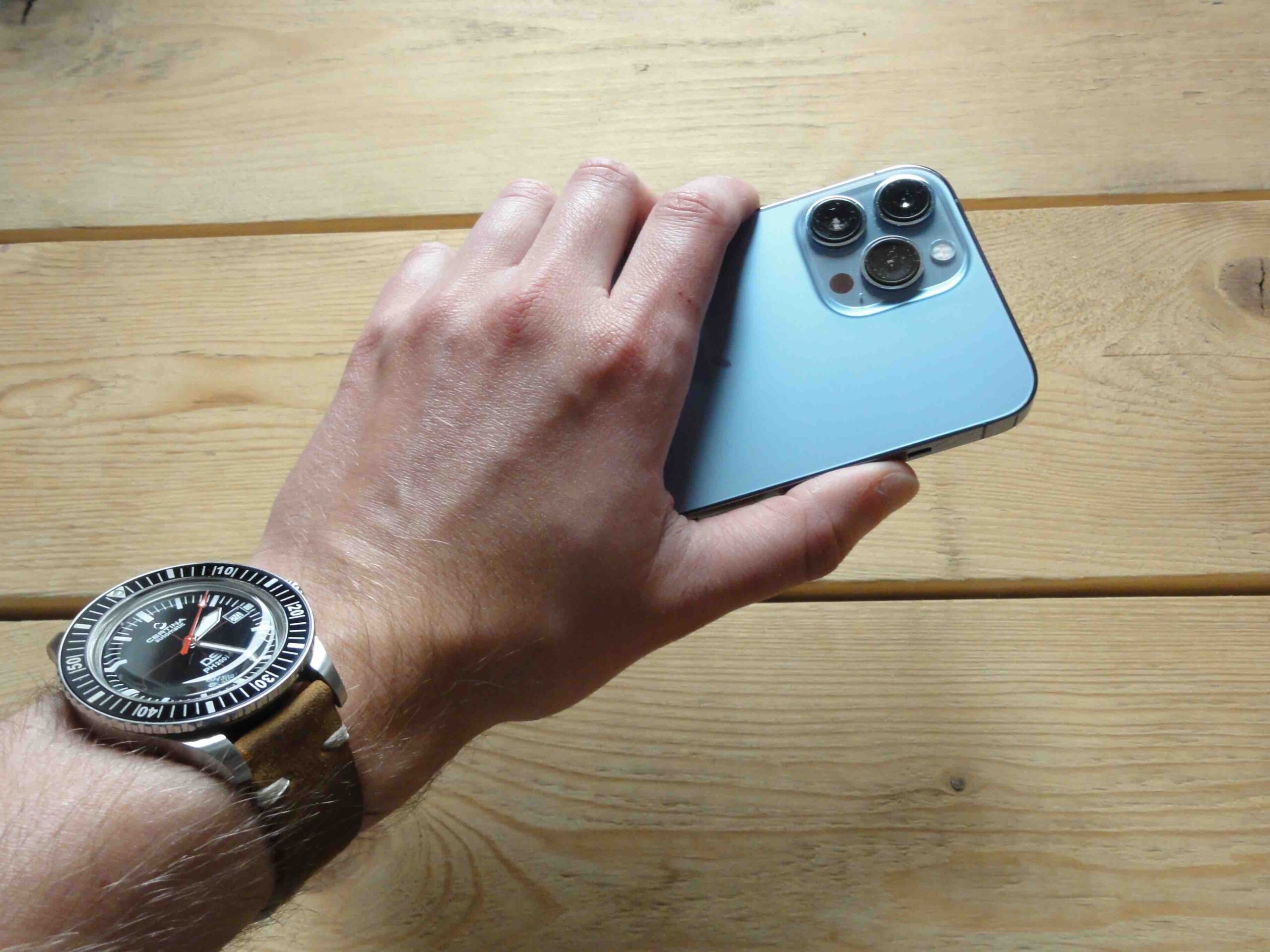
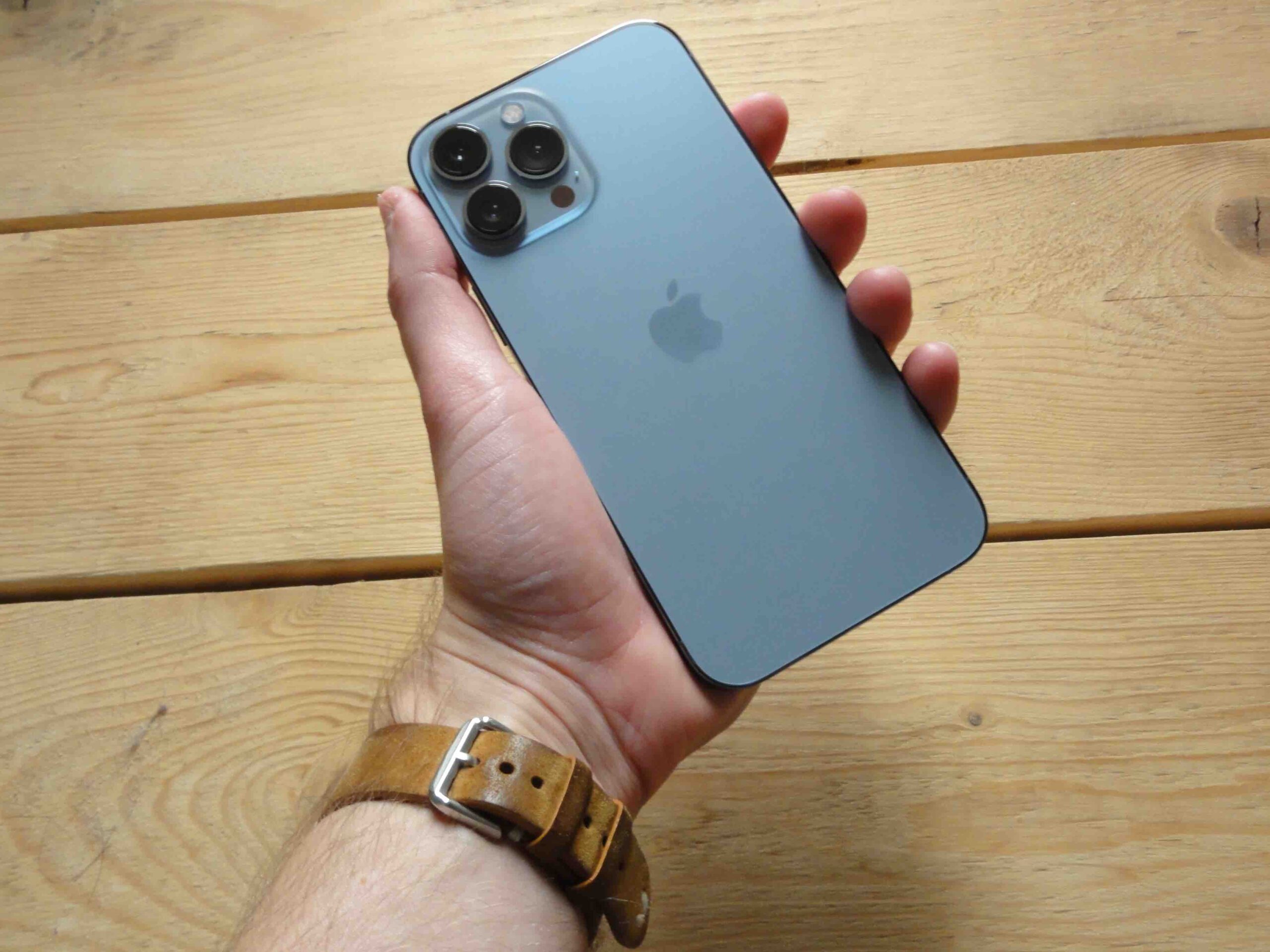
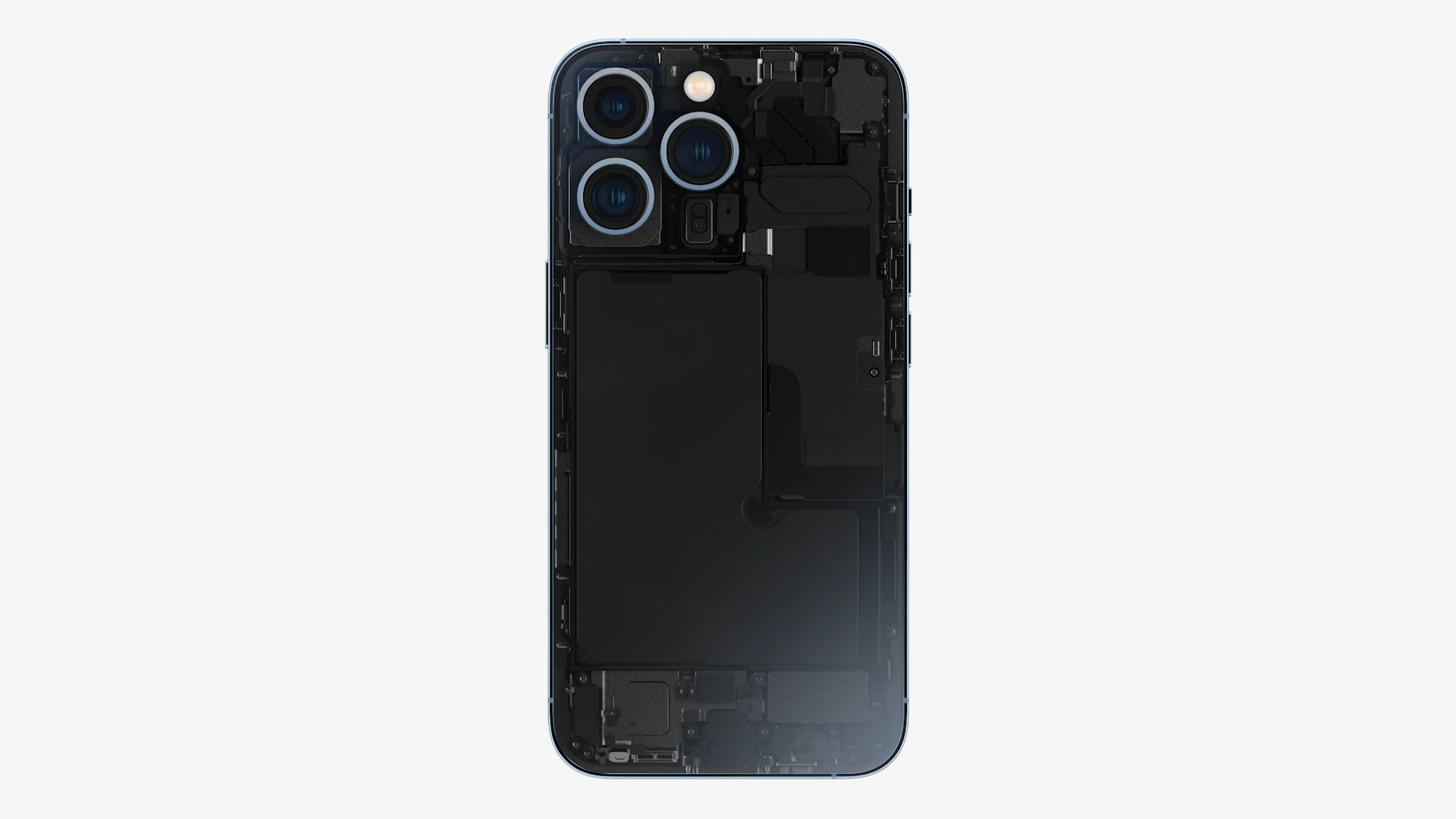

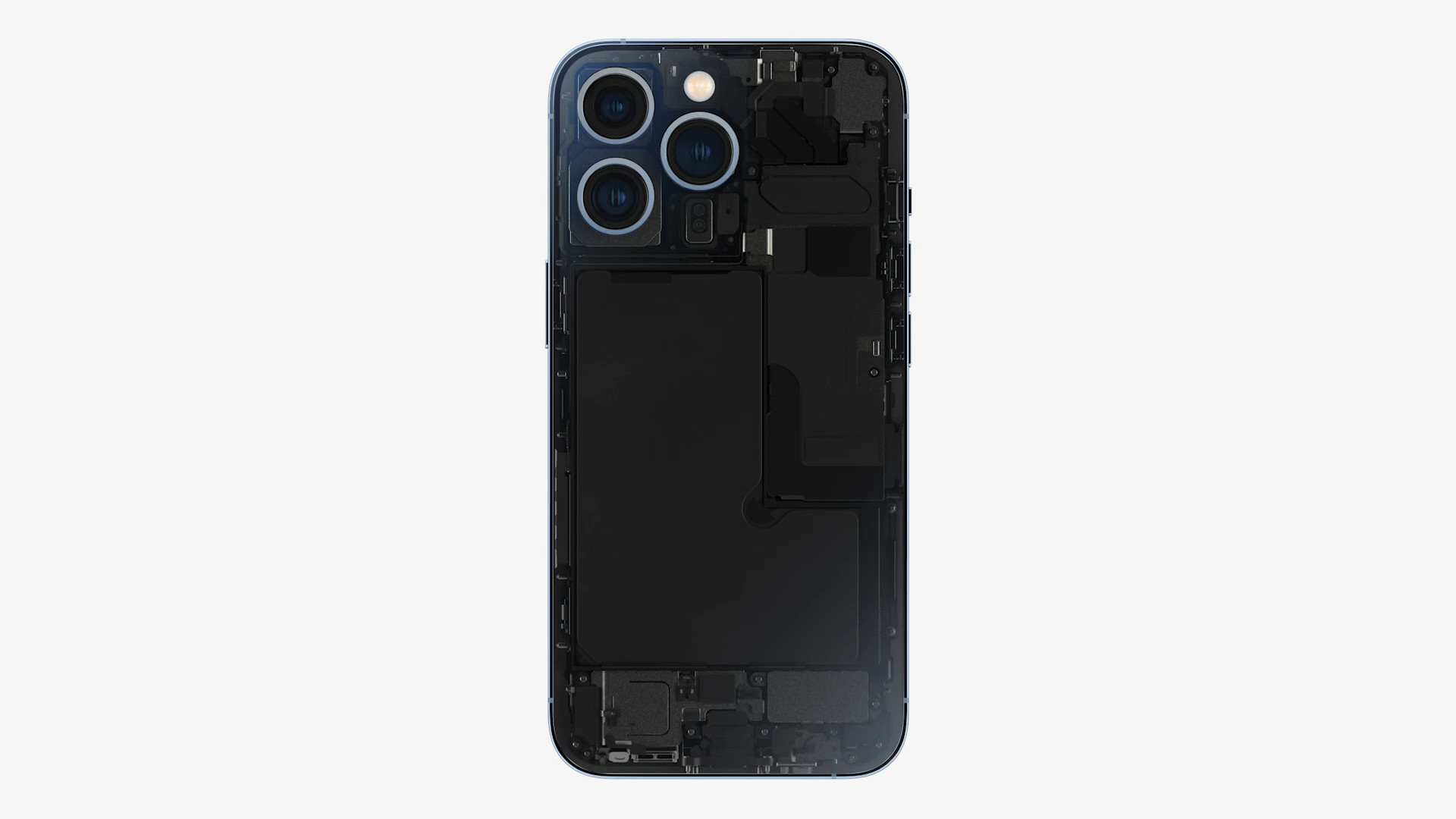
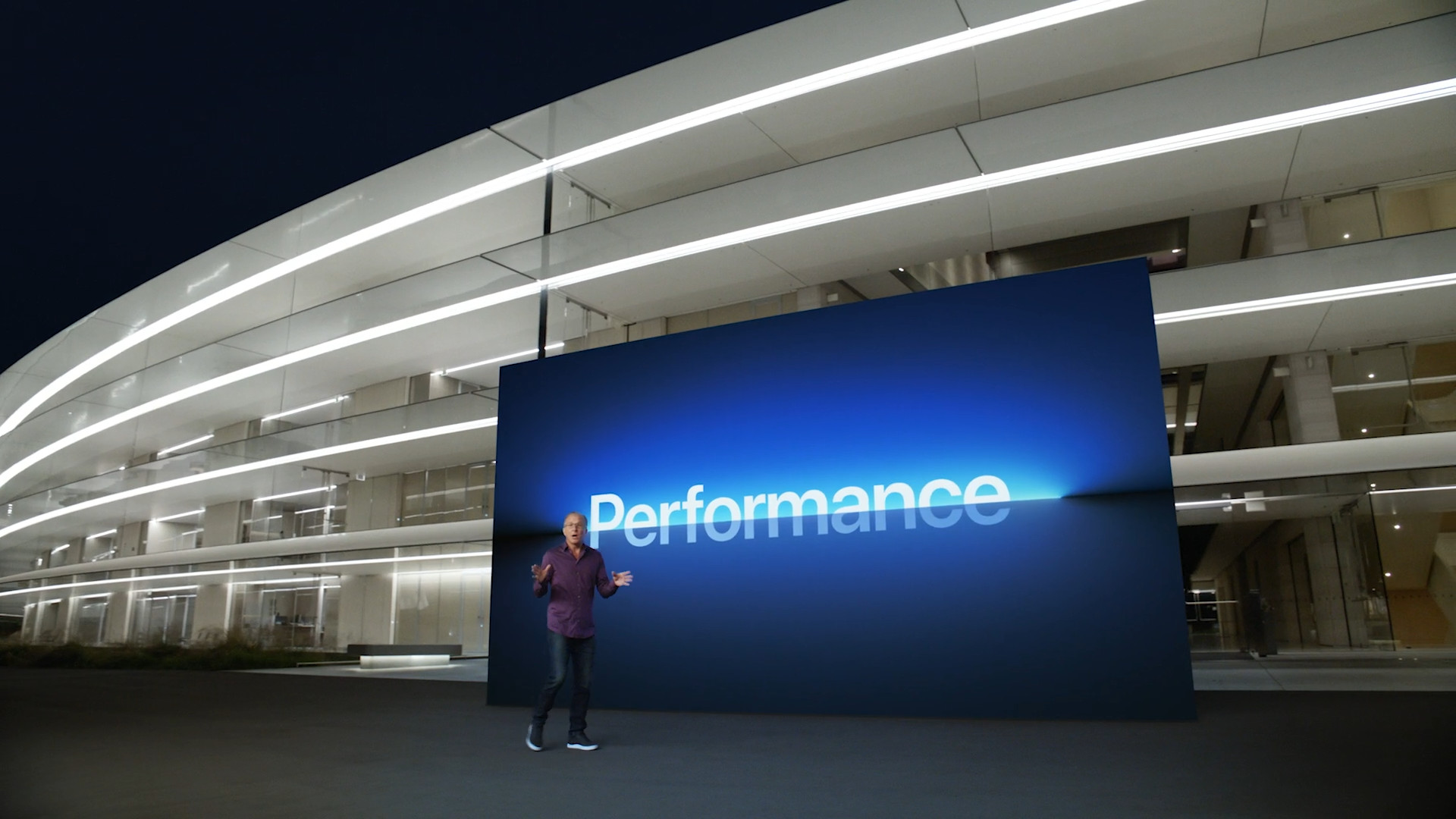
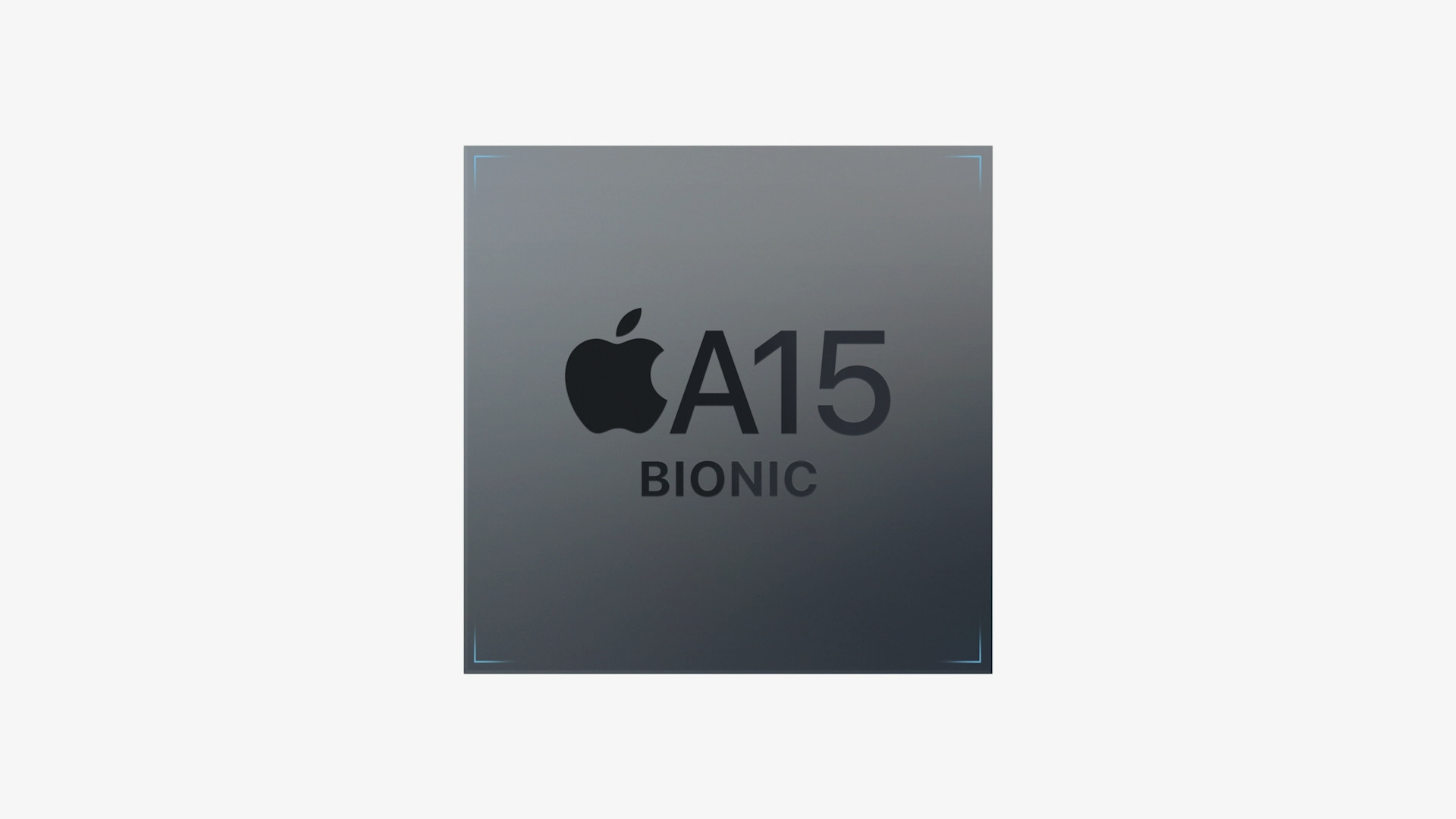
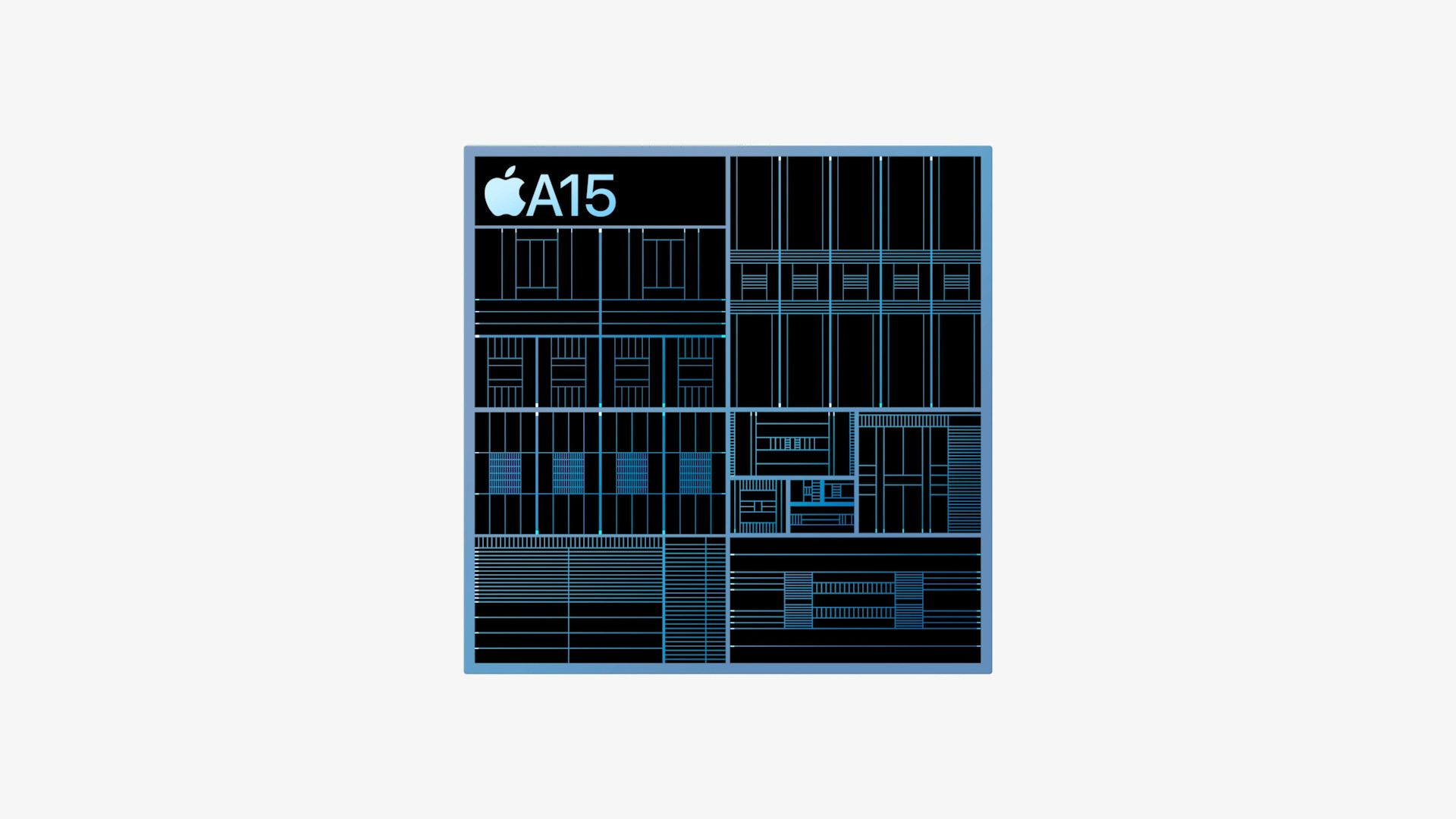
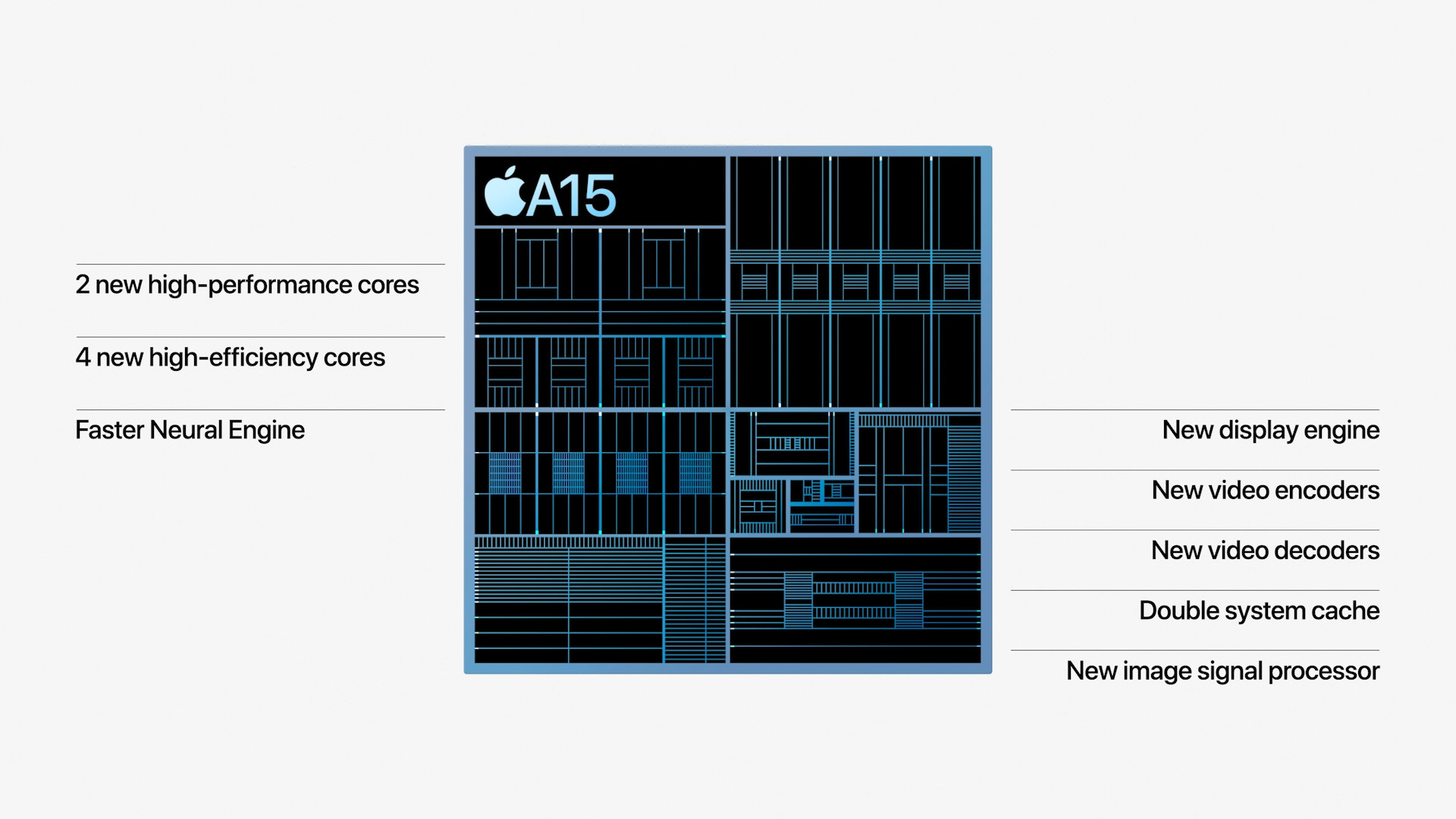
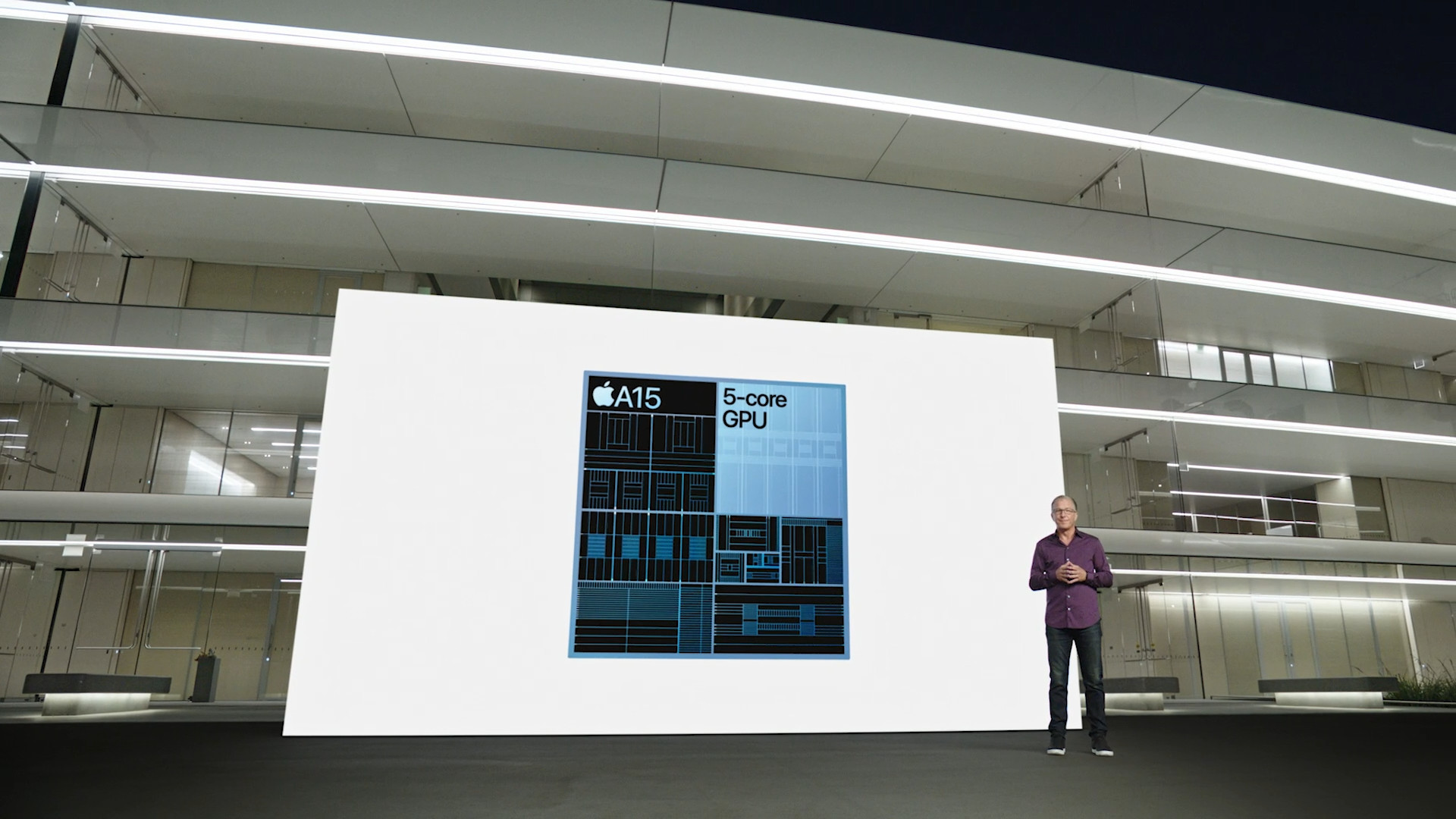

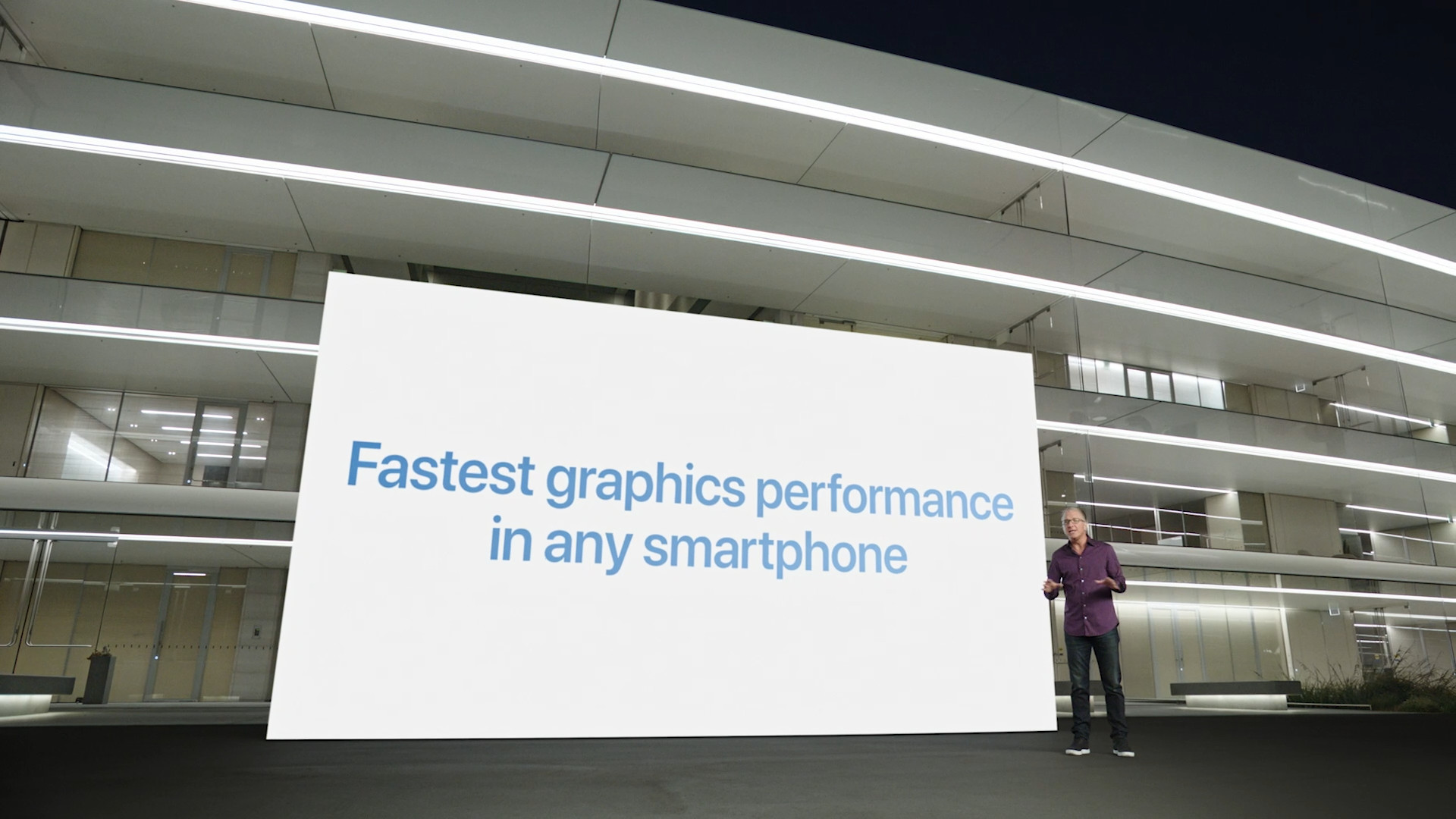
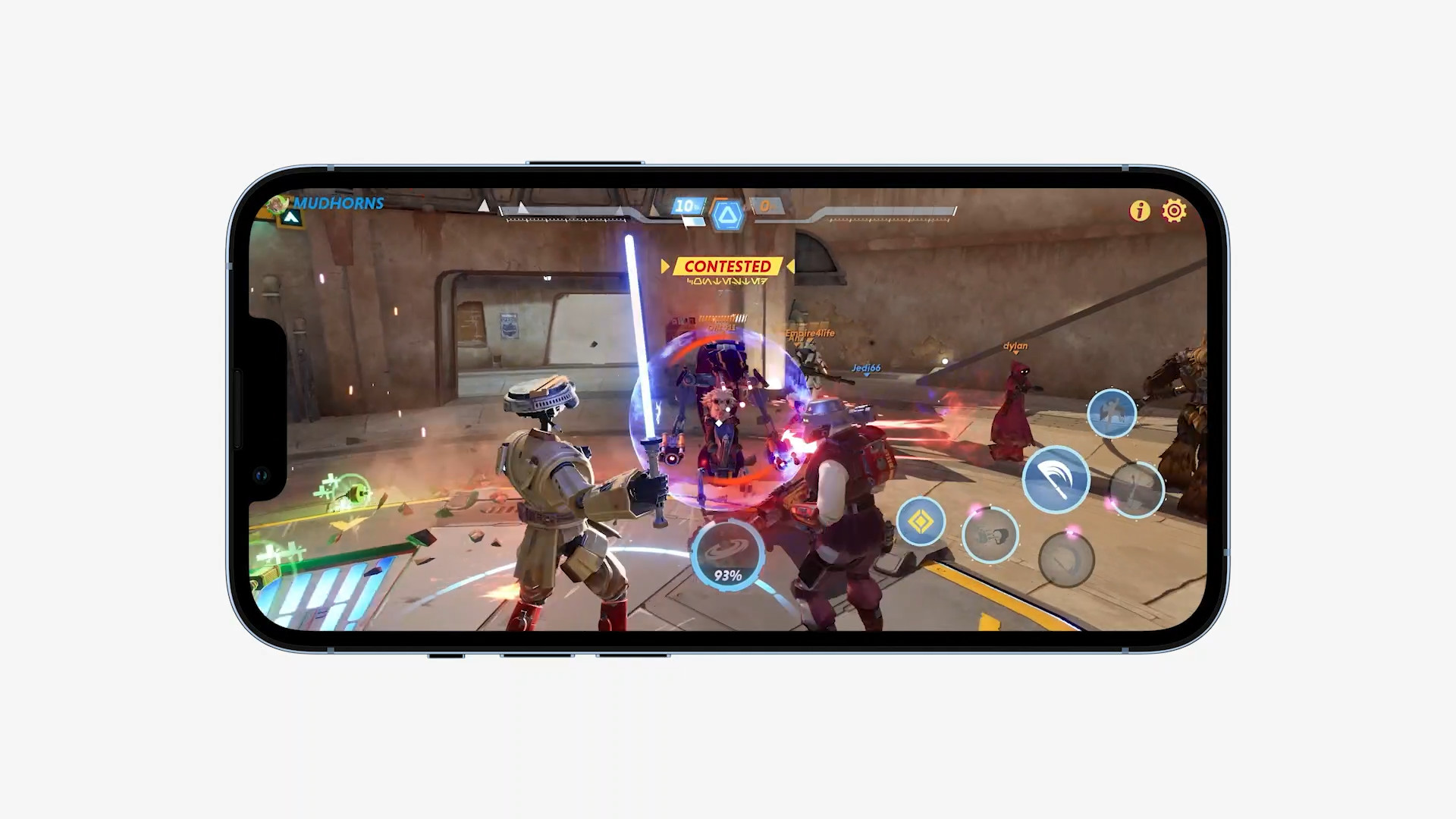
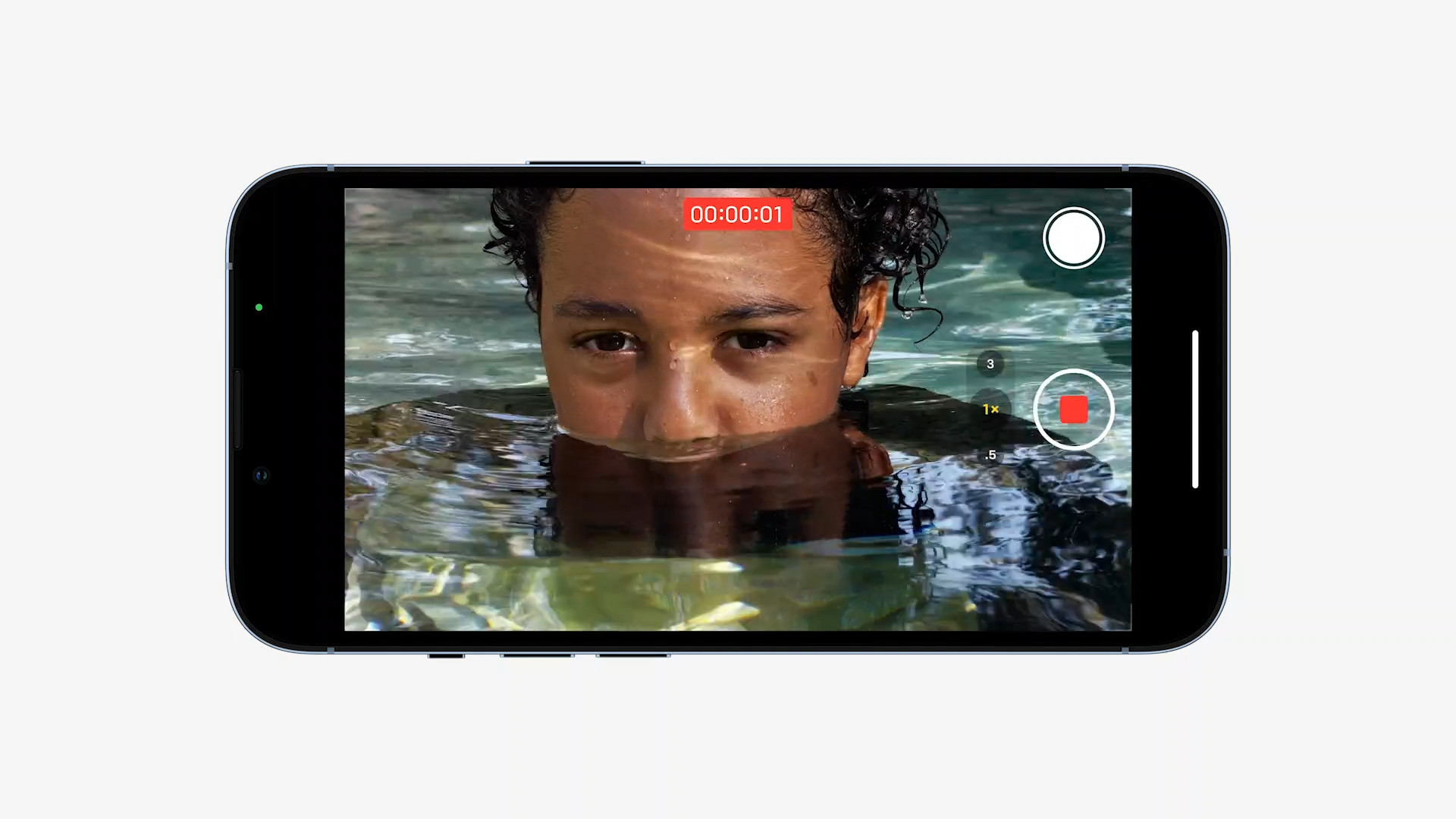
I don't know, my 13Pro has less endurance than the 3-year-old XR, so it's still not that great. And I don't like games and it's a work tool. No matter what, he will spend the day in a dry suit.
The 13 mini lasts only 15 minutes longer on battery than the 12 mini, so no glory…
This is not true, the difference in endurance is much greater.